Taking you to higher heights
Can tech make you a better skier? James Day hits the slopes to find out
The Stubai Glacier in the Austrian Alps is something of an anomaly, where winter sports season is virtually all year round.
A short drive from picture-postcard Innsbruck, where you’ll experience one of the most spellbinding descents into any airport anywhere in the world, it offers the perfect home court advantage to tech innovators helping us to ski better. This noblest of crusades centres on the use of artificial intelligence and augmented reality, and I’m here to put it to the test.
My ski level is best described as an in-betweener, with all the gear and a vague idea. This turns out to be fertile ground for Carv – GPS innersoles with 72 pressure sensors that fit in your ski boots to analyse your technique and coach you with live audio. This might sound like a distraction and the last thing you want when careering down the side of a 10,000ft-high mountain, but Carv is clever enough to know when to butt in and is calibrated to your exact objectives. In my case, that’s controlled consistency at speed.
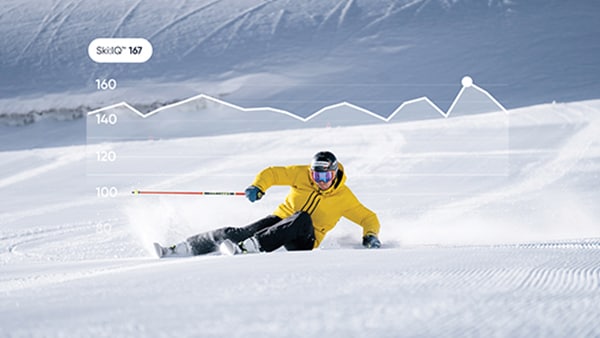
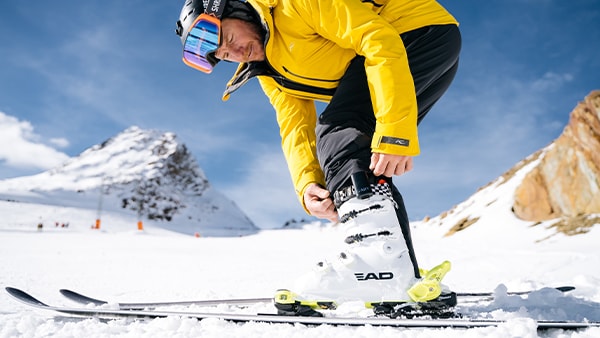
On request, the coaching even comes from Team USA’s two-time Olympic gold medallist Ted Ligety, with 40 levels helping you progress your ski skills. Better still, we spoke to the man himself. “I’ve been working with the Carv team to study the data and find new metrics that describe world-class skiing, from progressive edge build and g-force,” Ligety tells Cloud. “These describe high-performance skiing because they directly measure a tight radius and dynamic ski turn. It’s been great to match what I’ve learned over my career with Carv’s measurement tools.”
The key to Carv is a community of 35,000 members and some of the best skiers in the world. Data is recorded 20 times a second across 13 performance metrics, offering users 50 million feedback moments, and the dev team has captured 340 million turns. The latest update will even adapt training to the weather conditions. Every ski run is party to these performance metrics, giving you an enormously addictive Ski:IQ™ score you’ll strive to beat every time. Ligety sits on a top score of 168 for the Stubai Glacier whereas I hover on 90, but it’s only taken me four runs to rank up from 70. It seems that machine learning might be on to something.
“Ski schools use it because it offers a new way to engage the student and use data to show what’s going on in their technique,” says Ligety. “Both human instructors and Carv are great tools, but they are different. Carv provides objective data and a way to work on their technique, and then instructors can change how people think about their technique, make interventions and send you away to measure the difference.”

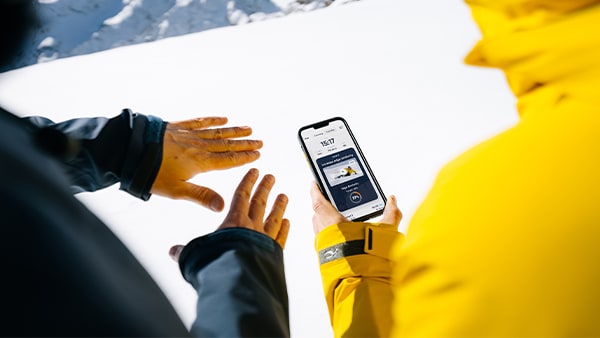
While Carv is primarily audio-based, the temptation to pull out your phone and analyse your performance data is palpable. Fortunately, I’ve got a secret weapon. Rekkie are ski goggles with a heads-up display, meaning you can track ski stats, altitude, speed, location, notifications and even control your music without de-gloving and becoming distracted. The in-built display doesn’t interfere with your eyeline, there are interchangeable lenses for different conditions and, if your ski pals have Rekkie goggles too, you can track each other around the resort – perfect for parents and groups of friends.
Ligety is a fan so long as the tech is largely unnoticeable, not a hindrance once installed, and only leaves you making the occasional adjustment on the chairlift – wherever in the world that may be. “Deer Valley in Utah is my home resort and it’s home to the best groomers in the world, but it has awesome terrain on powder days too,” says Ligety. “I really want to return to Japan for a powder trip, so that’s high on my list. I also love skiing in the Dolomites, which is unparalleled for scenery and food on the mountain.” Fortunately, that carving technique is left up to the chefs.
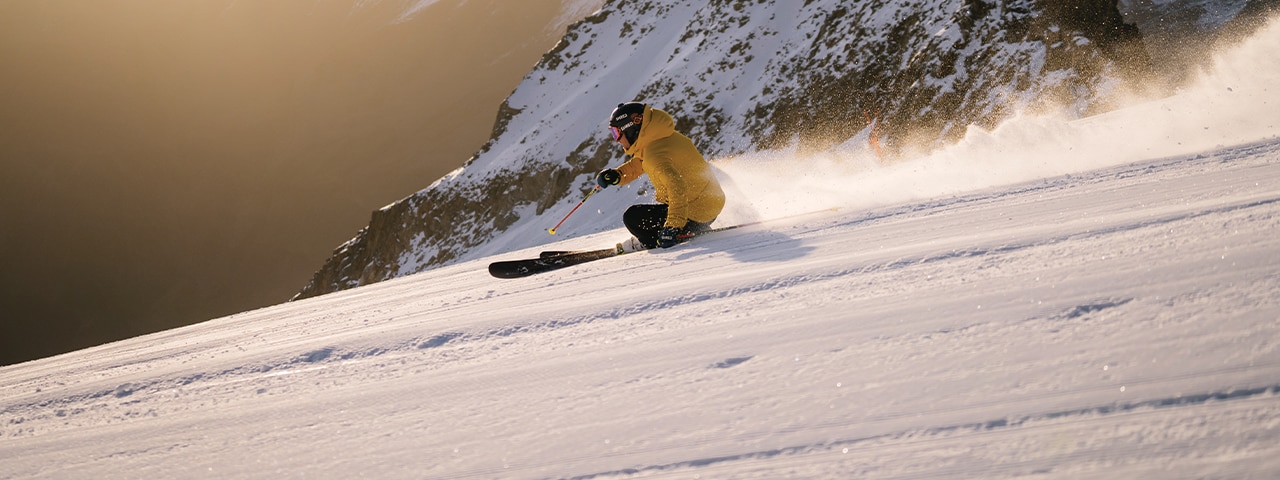
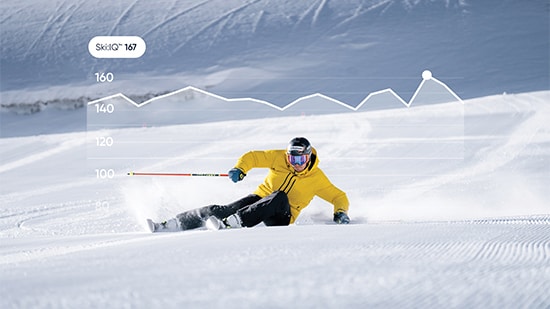 Can tech make you a better skier? James Day hits the slopes to find out.
Can tech make you a better skier? James Day hits the slopes to find out.

